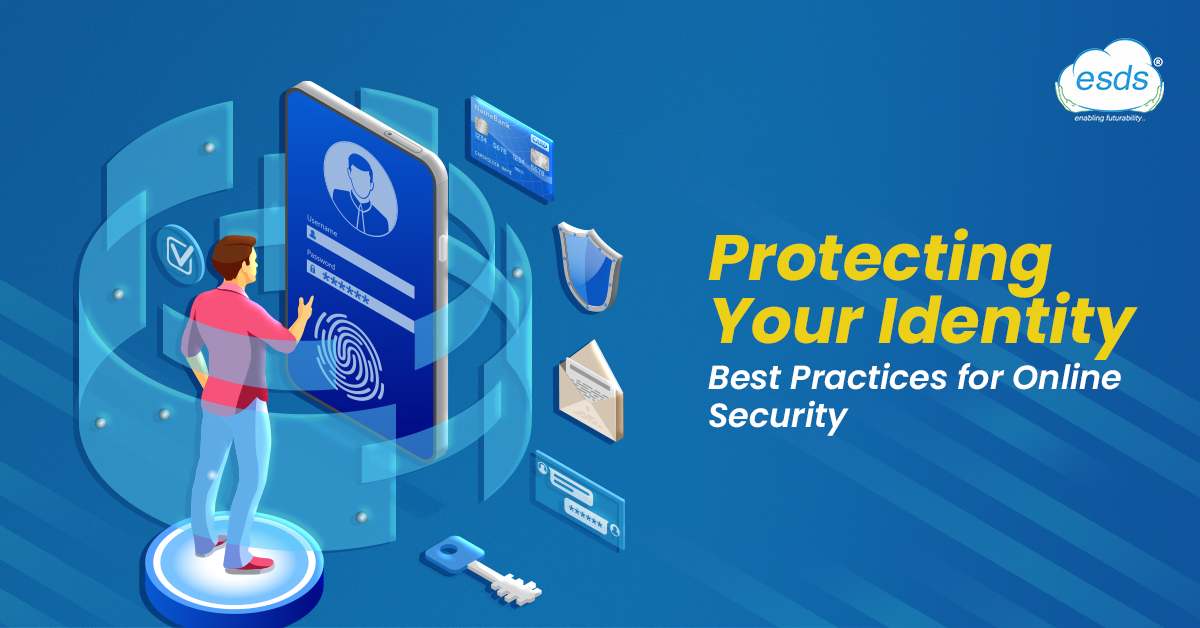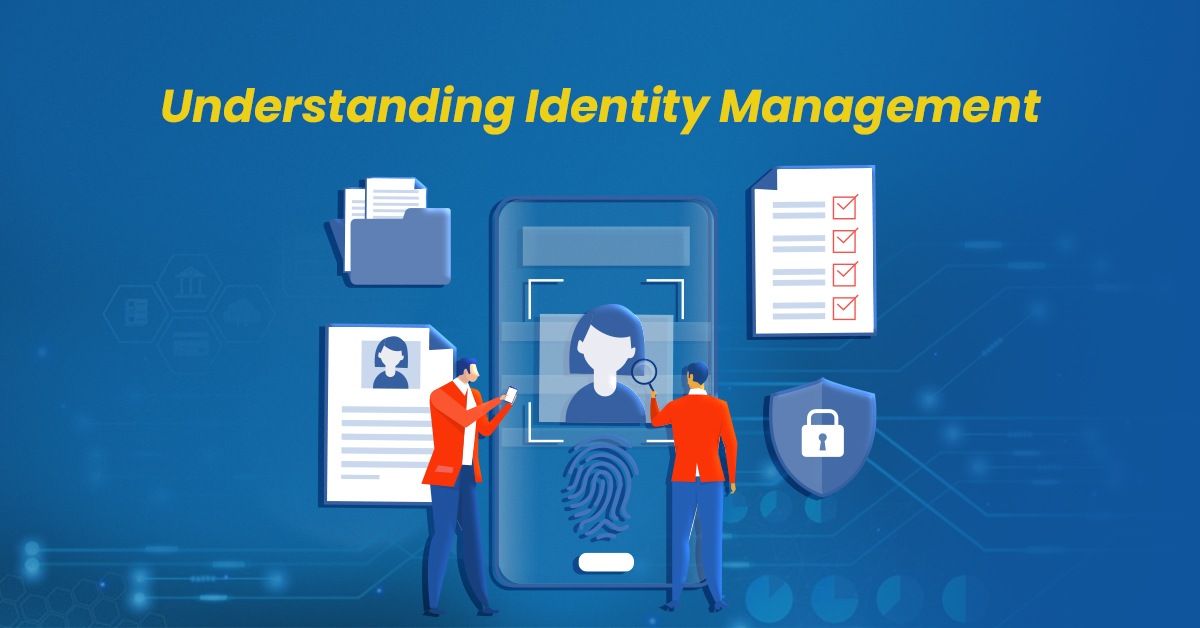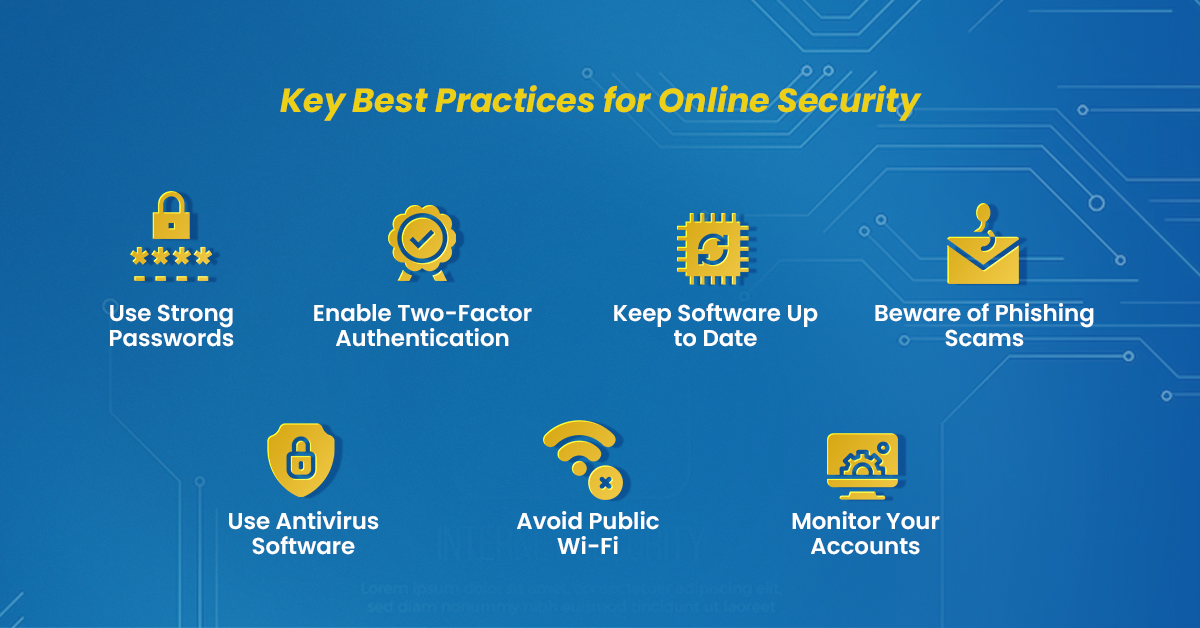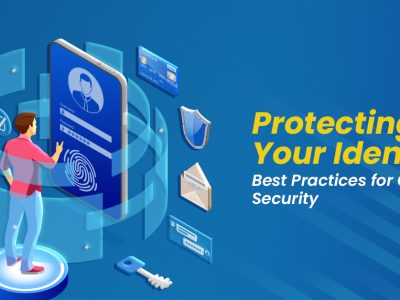Protecting Your Identity: Best Practices for Online Security

Online security has become more crucial in today’s digital age. With the significant amount of sensitive personal information shared online, it is essential to safeguard your identity and prevent unauthorized access to your accounts. Furthermore, identity management has gained increasing importance over the past decade due to the growing need to accommodate remote work arrangements within organizations. Many organizations have transitioned from on-premises setups to cloud-based systems, taking significant steps toward adopting modern identity management practices. Organizations are now leveraging user identities to achieve their zero-trust security objectives.
Zero trust is based on the fundamental principle of not placing faith in several components that connect users with services. Among these components, the network stands out as one of the largest and most critical ones that should not be trusted.
This blog post outlines some of the best online security and identity management practices.
What is Identity Management?

Identity management practices refer to the strategies, processes, and technologies organizations implement to effectively manage and secure user identities and access to various resources within their systems and networks. It involves the administration of user accounts, authentication methods, authorization mechanisms, and overall governance of user identities.
Identity management practices play a crucial role in today’s digital landscape, especially with the rise of remote work and the adoption of cloud-based environments. By implementing robust identity management practices, organizations can ensure that the right individuals have appropriate access to the right resources at the right time while maintaining security and mitigating potential risks.
These practices extend beyond simply verifying user identities and granting access permissions. They encompass various aspects, including identity lifecycle management, identity provisioning, access request and approval processes, role-based access control, single sign-on (SSO) solutions, multi-factor authentication (MFA), privileged access management (PAM), and identity governance and administration (IGA). These practices help organizations enhance security, streamline user access management, comply with regulatory requirements, and support efficient and secure collaboration across systems and applications.
Key Best Practices for Online Security

1. Use Strong Passwords: Creating strong passwords is essential for protecting your online identity. Ensure that your passwords are at least eight characters long and include a combination of uppercase and lowercase letters, numbers, and symbols. Avoid using easily guessable information such as your name, birthdate, or common words. Using unique passwords for each online account is crucial to minimize the risk of multiple accounts being compromised if one password is exposed.
2. Enable Two-Factor Authentication: Two-factor authentication (2FA) provides an extra layer of security for your accounts. In addition to entering your password, 2FA requires a second verification form, such as a code sent to your mobile device or generated by an authentication app. By enabling 2FA, even if someone obtains your password, they would still need the additional authentication factor to access your account, significantly reducing the risk of unauthorized access.
3. Keep Software Up to Date: Regularly updating your Software is vital for maintaining online security. Software updates often include patches that address security vulnerabilities. Ensure that your operating system, web browser, and applications are up to date to benefit from the latest security enhancements and protect against potential exploits.
4. Beware of Phishing Scams: Phishing scams are attempts to deceive individuals into revealing sensitive information by posing as trustworthy entities. Be cautious when receiving emails, messages, or calls asking for personal information or directing you to click on suspicious links. Verify the sender’s email address or phone number, and be skeptical of urgent or unsolicited requests for sensitive data. Instead of clicking on links provided in emails, manually enter website addresses or use bookmarks to access trusted sites.
5. Use Antivirus Software: Installing reputable antivirus software is crucial for defending against viruses, malware, and other malicious Software. Keep your antivirus software current to ensure it can detect and remove the latest threats. Regularly scan your computer for potential malware and configure real-time protection features to provide continuous security.
6. Avoid Public Wi-Fi: Public Wi-Fi networks, such as coffee shops or airports, are often unsecured, making them prime targets for hackers. Avoid accessing sensitive information, such as online banking or personal accounts, while connected to public Wi-Fi. If you must use public Wi-Fi, consider using a virtual private network (VPN) to encrypt your internet connection and protect your data from potential eavesdropping or interception.
7. Monitor Your Accounts: Regularly monitoring your financial and online accounts is essential for detecting any unauthorized activity promptly. Review your bank statements, credit card transactions, and other financial records. Set up account alerts or notifications to receive immediate notifications of any unusual account activities. If you notice any unauthorized transactions or signs of account compromise, immediately report them to the relevant institution or service provider.
By implementing these best practices for online security, you can significantly enhance your protection against identity theft, unauthorized access, and other cyber threats. Stay vigilant and proactive in safeguarding your digital identity and personal information.
- Decoding Generative AI: A Comprehensive Guide to Gartner’s Impact Radar - January 2, 2024
- 5 Best Practices for Cloud Security in 2024 - December 29, 2023
- 10 Best Machine Learning Ops Strategies for Cloud Environments in 2024 - December 29, 2023
